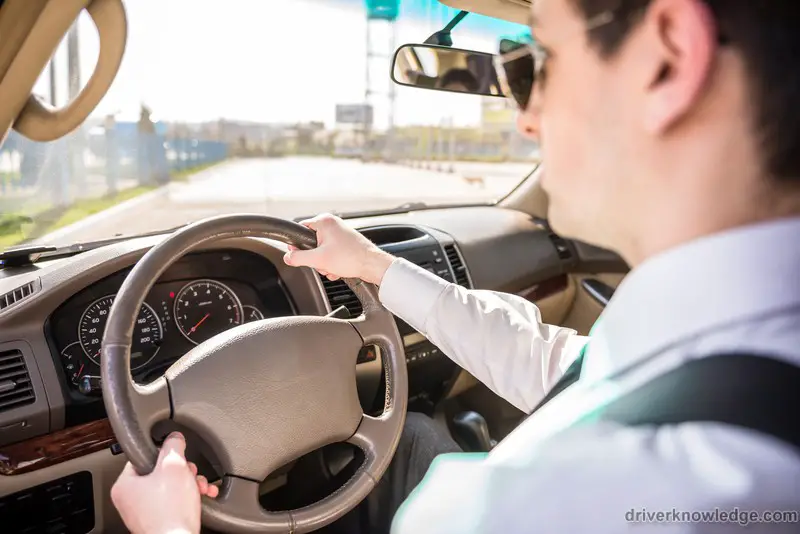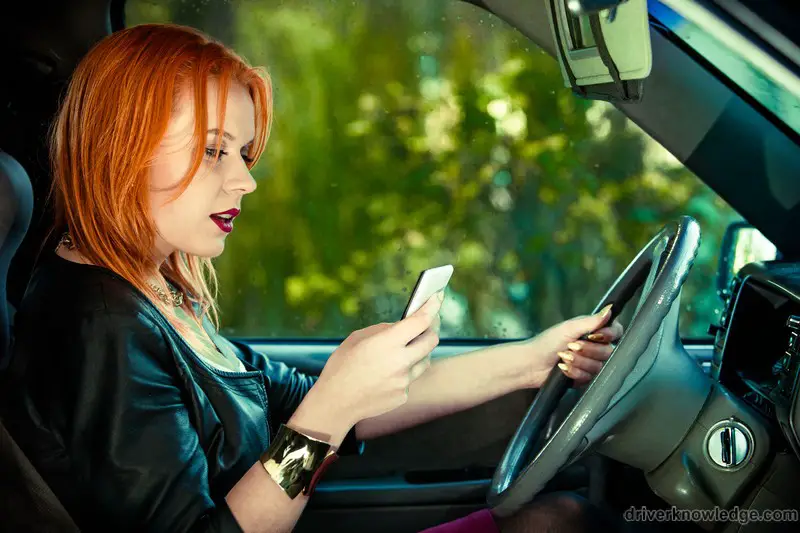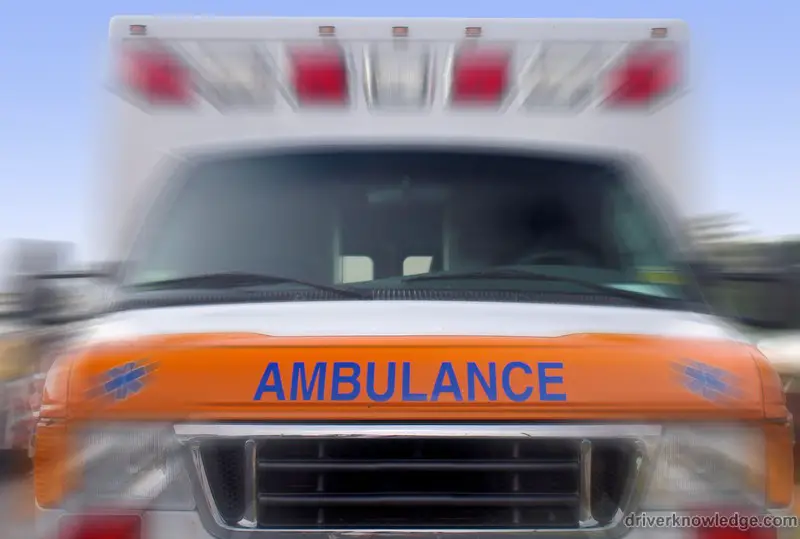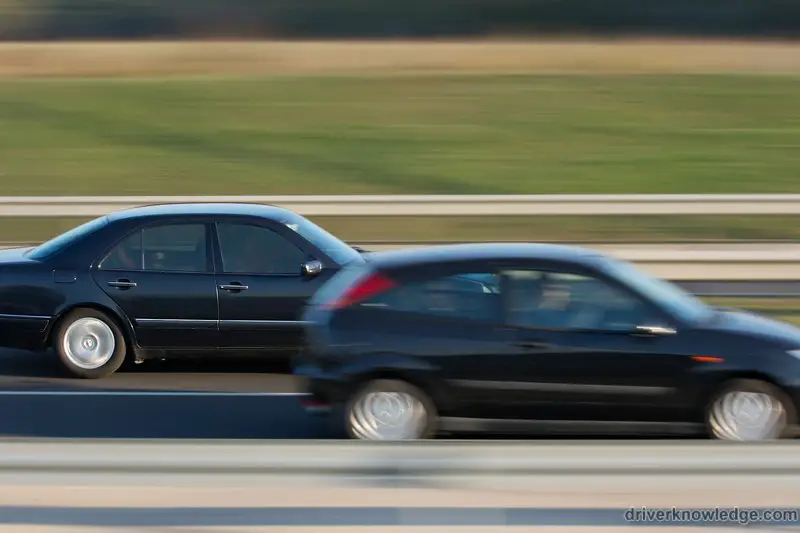All drivers will do their best to observe the rules if the road, but the many distractions and pressures of busy life often lead to mistakes. Drivers often display a distinct lack of due care and attention, either to their surroundings or other drivers, and this is the cause of the majority of incidents that occur. Check out the 10 common behavioral driving traits below, ranging from mildly annoying to downright dangerous. How many are you guilty of, and were you aware of the effect on other drivers?
Driving too slowly:
Driving too fast is dangerous, but driving too slowly is also a problem. For example, driving at 40 mph on a 60 mph limit road can be dangerous, particularly on a two-way single-carriageway. Other drivers will become impatient and, as a queue builds behind you, they will start to overtake. The more impatient they get, the more risks they’ll start taking. Providing conditions are good, it should be absolutely safe to travel up to the specified limit, so be considerate to other motorists and drive at an appropriate speed.
Roundabout lane blunders:
Make no mistake, joining a roundabout in a lane inappropriate to the exit you wish to take, is asking for trouble. Don’t try to queue jump and turn left from the right-hand land. If you’re lucky, the car to your left turns left. But if you’re not, they head for the second exit and you plough into their wing. Use common sense and take note of road markings to ensure you’re in the correct lane on your approach. Once you’re on the roundabout, stick to your lane; don’t drift. If you find yourself in the wrong lane, indicate and wait for someone to let you in.
Middle/fast lane hogs:
Unless you’re moving over to allow cars to join or exit via a slip road, always return to the slow lane on a motorway or dual-carriageway at the earliest opportunity. Don’t sit in the middle lane because you see a slower car a half mile ahead, or sit in the fast lane as a way to slow traffic because you think they’re traveling too fast. All that will result is frustration in other road-users and “undertaking” (overtaking on the wrong side), which is itself a risky business, as drivers are not expecting to be passed in that way.
Mobile phones:
Frighteningly commonplace now, this is likely to become one of the biggest causes of accidents over the coming years. Talking on your phone without hands-free is one thing, but texting is a whole new level of recklessness. There is no end to the possibilities of things that could go wrong if you’re guilty of this one. Exercise self-restraint and put your phone away when driving. If you are using a hands-free device, put your phone out of sight to avoid the temptation of picking up text messages on the move.
Full-beam ahead:
With headlights being all the brighter these days, it’s even more of an issue when a driver forgets to disengage their full beam in the face of oncoming traffic. This can be a distraction and dazzle other drivers, typically resulting in others flashing their lights as a way to alert the offending driver to the error of their ways, which compounds the distraction. Only use full beam where you really benefit from it; if you’re on a busy road, it’s probably not worth it.
Dual-carriageway queue rage:
This is about the common occurrence of queues on dual carriageways, where everyone neatly lines up in the left-hand lane, and then gets super-annoyed with anyone who (not wrongly) dares to use the second lane. This is often on the approach to a section where the road returns to one lane, and the result is usually someone adopting a position in the middle of both lanes, trying to block anyone using the outside lane. This is a tough one to resolve, as it only works if everyone plays along. Using only the inside lane does not make good use of the road available; it extends the length of the queue and potentially snarls up roundabouts and other roads unnecessarily. If, as traffic builds up, drivers filled both lanes evenly, the queue would be half the length and queue jumping couldn’t happen.
Emergency vehicle shenanigans:
There are two common causes of frustration here. Firstly, slowing down or pulling over or stopping unnecessarily, such as on a dual carriageway when the second lane is clear. The mere sight of an emergency vehicle in the rear view mirror should not dictate this. If the vehicle has a clear path without any action from you, then be aware, but carry on as you are. Braking hard or stopping if you don’t need to can bedangerous. Secondly, if a line of traffic has slowed and pulled over to let the blue lights pass, don’t try to jump the queue if you’re ready to move off quicker than others. The car in front of you won’t be expecting you to try to overtake them as well. Wait your turn as everyone regains their position on the road.
Bikers filtering at speed:
Car drivers are regularly reminded to be aware of motorcycles, particularly when turning or changing lanes. Unfortunately, the need to do so is often driven by the motorcyclist’s own lack of due care and attention. Filtering is when a motorcycle moves between lanes to pass slower-moving cars. This is not illegal, but in many cases still dangerous, never more so than in queues. Filtering at speed in such circumstances is simply not expected by drivers. Apart from the risk of damage to wing mirrors, drivers will be changing lanes. When a car is stationary, the driver checking their mirror before a lane change will not be expecting to have to look out for fast-moving traffic. Bikers beware.
Tailgating:
Everyone knows what this is, as every road user will have experienced it many times. Driving too close to the vehicle in front is dangerous, and the faster you’re traveling when you do it, the greater the risk of carnage if the driver ahead has to brake unexpectedly. The driver in front is unlikely to be impressed, or to pull over or drive faster just to accommodate you. They may even slow down to show you just how little they appreciate it. Tailgating can be the result of frustration with the poor driving of another road user, but two wrongs don’t make a right. Don’t risk causing an accident just to prove your point. You’ll end up looking silly or worse.
Overtake blocking:
When another vehicle initiates an overtaking maneuver, you may not always think it’s sensible or even possible, but accelerating to try to make that point stick is a potentially deadly move. If the other driver has weighed up the risk and decided to overtake, let them do so. If you perceive a real risk of it going wrong, then back off to allow the driver overtaking to complete the move. Ultimately, if they put you at risk by overtaking recklessly, note their number plate and report them. Better still, get a passenger to capture video footage. But don’t turn vigilante. The moral high-ground will be no comfort in the aftermath of a high-speed collision.
If you’re a driver, it’s highly probable that you’ll have been guilty of at least one or two of these behaviors at some point. Bad habits are easy to fall into, especially when so many other road-users are exhibiting them, but the potential consequences can make for uncomfortable reading. So next time you’re out on the road, take note of the above. Have a little more patience and tolerance of other drivers and feel good about making a positive contribution to making the roads safer for everyone.




